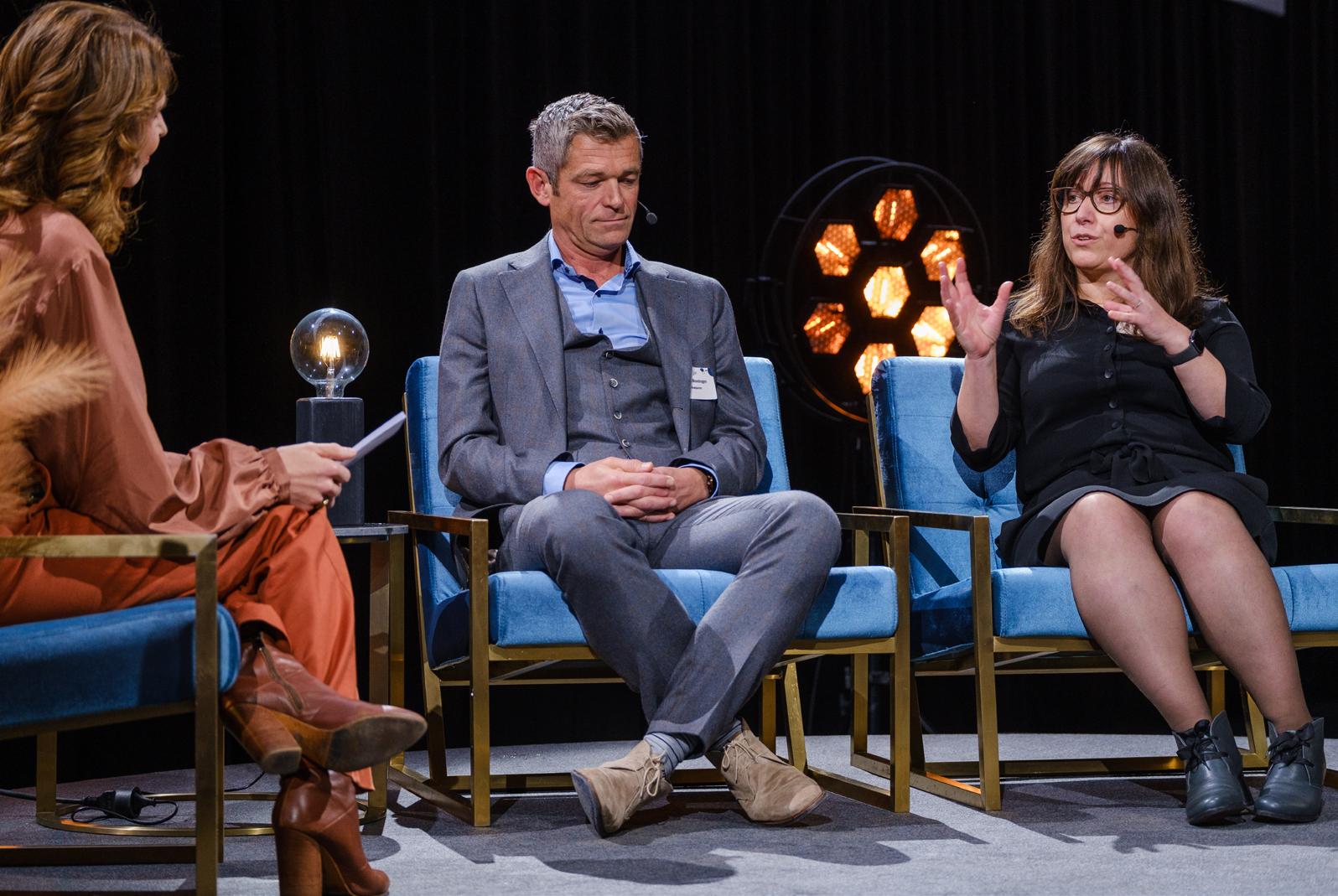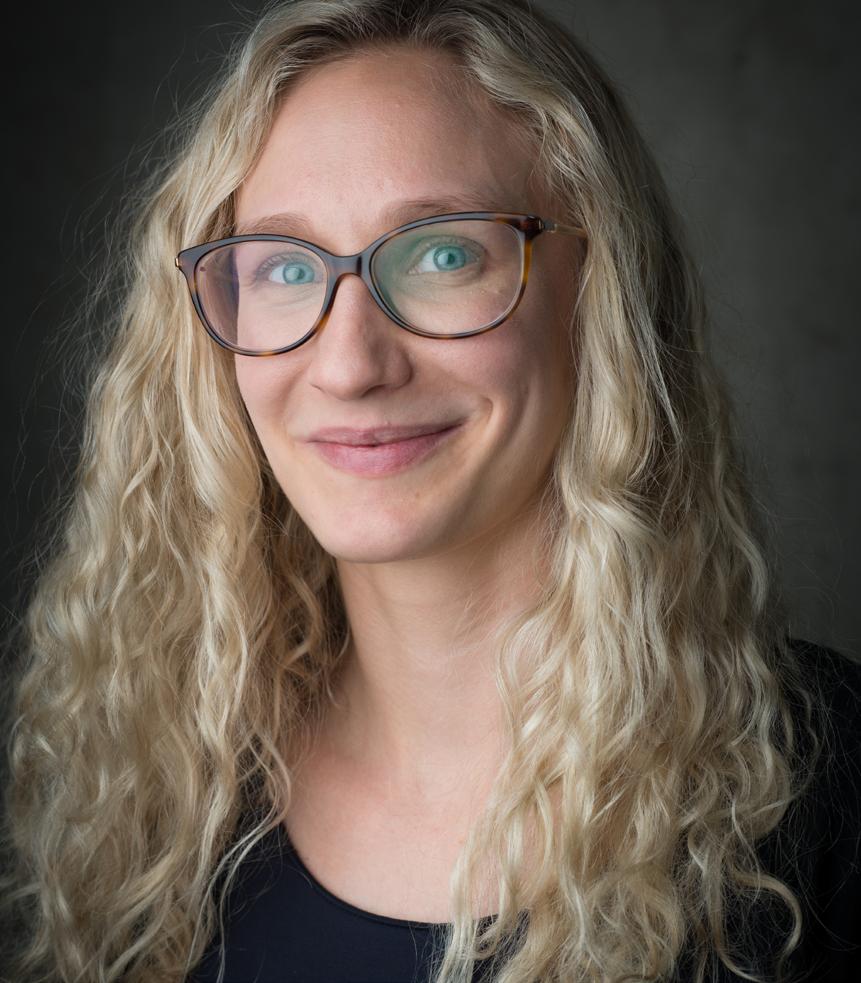
7 minute read
ENABLING SCIENCE THROUGH TECHNOLOGY WITH VIB CORES
HOW TECHNOLOGY IS ACCELERATING SCIENCE: MEET THE VIB CORES
“It’s impossible to arrive at groundbreaking discoveries without access to the cutting edge," says Dr. Geert Van Minnebruggen, head of the Science & Technology Unit at VIB. But the cutting edge doesn’t come easily, cheaply, or simply. Over a decade ago, VIB embarked on an audacious mission: to ensure that a steady, well-founded, validated supply of high-impact technological tools is accessible not only for our own.
Advertisement
2000 marked the birth of VIB’s very first core, The Micro Array Facility, launched to offer VIB research groups centralized technology platforms with economies of scale.
“VIB prioritizes the availability of high-performing, state-of-the-art infrastructure that covers all life sciences disciplines, from disease pathways to genome insights,” explains Van Minnebruggen. “The Core program has robust, highly developed tech that it offers to VIB researchers as well as external scientists, groups and companies – for a fee.”
Ecosystem throughout Flanders
Pharma and biotech companies have to keep up with new technological evolutions, but most companies don’t have the time or expertise needed to implement them. VIB Cores offer these services and also allow companies to access new technologies. In turn, external partners help finance Core infrastructure and cut costs per experiment.
Van Minnebruggen: “Core Facilities play a crucial role for the entire life sciences network. They make sure that scientists – internal and external – can do top-level research in a costeffective way. Over the years, the program at VIB has expanded to include additional domains, new technology platforms and the involvement of VIB and university campuses in Ghent, Leuven, Brussels and Antwerp.”
“The result is one of Europe’s richest, strongest, most powerful ecosystems not just of science enablement through proven tech, but of information exchange, training and expertise,” asserts Ivan Baines, chair of the international expert committee responsible for evaluating the Core program at VIB.
One platform to rule them all
“After working for 15 years in research, I joined the Bioimaging Core back in 2011,” recalls Saskia Lippens, now head of the Bioimaging Core in Ghent. “I’ve seen huge growth over the last ten years – new facilities joined and individually expanded their portfolios as well. But the most important evolution taking place was the interconnections forming between core facilities at VIB. While the technologies used can be very different between cores and require completely different expertise, Geert managed to bring us all together.”
Geert Van Minnebruggen Head VIB Core Facilities
In Lippens’ view, this was a flipping point for the program. “Peer coaching was the natural next step once we started working more closely together because even across domains, we often face similar challenges,” she asserts. “Another outcome was greater visibility of the many technologies available at VIB – we even market for each other. The biggest advantage here is that researchers can tap into a complete program involving several core facilities that all work in a similar way.”
Geert Van Minnebruggen and Saskia Lippens at 25Y VIB

Opening the doors to Europe
The next big leap happened in 2013 with the Core for Life initiative: an alliance between VIB and five European life sciences research centers driven forward by Geert Van Minnebruggen and Doris Meder from the Center for Genomic Regulation (CRG) in Spain.
“We knew firsthand how expensive and knowledge-intensive it is to train and retrain staff to keep up with "tech turnover" – the replacement of old tech with the next generation,” Van Minnebruggen goes on to say. “Handling all of this training in the walls of a single institute is almost infeasible.
“Competitors can be powerful collaborators, and plenty of other life sciences institutes in the EU have core facility programs. Through Core for Life, VIB scientists can team up with those at other European core facilities, and gain access to another eight core programs at top institutes. We can send our people to environments where new platforms are already in place – accelerating that learning curve – and it happens in both directions.”
The trinity of tech translation
In addition to the Core program, VIB has two other vital initiatives in place that complete the entire cycle of tech discovery, development and dedicated use in research: Tech Watch and Innovation Lab.
“Tech Watch has been running at VIB since 2008,” says Dr. Halina Novak, Technology and Innovation Program manager at VIB. “It’s the vehicle we rely on to scout for new technologies before or just after they reach the market and bring them into the VIB environment – an initiative that has been extremely successful.”
But bringing in the most promising innovations is only the very first part of the puzzle. After all, undeveloped, unproven tech, no matter how promising, poses plenty of challenges before it can be refined to the point where it is useful in scientific research. “Early technology can be so fragile, and Cores need very robust, reliable, consistent platforms in order to deliver groundbreaking results,” Van Minnebruggen explains.
This is precisely where the third piece of the puzzle fits in: the Technology Innovation Lab. Here, specialized scientists investigate the technologies identified by Tech Watch which are of interest to the VIB community. The Technology Innovation Lab often works alongside Core facilities to help evaluate and optimize these tools. A selection of these tools that prove to be robust, are incorporated into the Core Facilities technology suites and are subsequently offered to the VIB community as part of routine service.
“Since 2017, the Innovation Lab has linked VIB Cores with Tech Watch innovations and ensures that the tech and the literacy are refined as effectively as possible,” Novak goes on to say. “The 10xGenomics single-cell sequencing platform is a great example of the Innovation Lab’s work in action.”
The invaluable role of facilitator
Core facility programs aren’t uncommon around the world. “But VIB is absolutely one of the institutes in Europe that serves as an exemplar for others – we’re at the forefront,” Lippens asserts. “It was clear to us from quite early on that the VIB Core program needed to add value far beyond simply access to technology. We have a strong focus on expertise, with 80 highly skilled people working at VIB Cores."
“There is also huge potential here when it comes to career trajectory. You can be a scientist in many ways; it’s not mandatory to be a basic researcher working on highly specific biological questions. It’s really rewarding to be a tech expert and facilitate the work of other scientists as an enabler.”
Halina Novak VIB Tech Watch

Saskia Lippens VIB Bioimaging Core Ghent
Lippens deeply values this possibility in her own work as the head of the VIB Bioimaging Core Ghent. “I do love research, but my current role allows me to dedicate my expertise and contribute to answering a broad range of scientific questions. Rule number one in the Core program is teamwork. We must all function smoothly together in order to add the tremendous value that comes when you successfully align many different technologies to respond to a basic question. My colleagues and I touch so many different biological ideas every single day.”
Change as the only constant
The search for new technology – and its development – is never over, and VIB Core facilities aren’t written in stone, as the Cores that exist today don’t cover the same disciplines as they did just a few years ago. Current VIB Cores are known for their single-cell capabilities since research in this field requires diverse expertise and the ability to collaborate very closely. “We might switch disciplines if outsourcing is more cost-effective or if a vital new tech emerges, for example,” Van Minnebruggen explains. “Because we expect future technologies to demand more and more expertise in multiple fields, we will focus more on bringing knowledge from our Cores in an integrated way.”
On that note, the VIB Cores are evaluated by an external panel of international experts every five years, offering advice and guidance on the program’s roadmap and development. “This evaluation is really important to us because it challenges us to proactively shape our leading role in the global biotechnology ecosystem,” Van Minnebruggen concludes. In November 2019, the on-site visit took place and the cores received high praise – and future-focused recommendations – from an international, interdisciplinary panel of technology experts. The review concluded that VIB’s core program is operating at the very highest level and is recognized as a gold standard in Europe for how core facilities should be implemented and operated.
CORE FACILITIES
VIB has 10 institutional Core Facilities in total, providing support in a wide array of research fields and housing specialized scientific equipment and services for each discipline.
connect.vib.be
TECH WATCH
Tech Watch spots, evaluates and implements breakthrough technologies to push VIB’s innovative research to the next level. Funding and hands-on support allows us to engage in high-gain high-risk technology projects with early-access technology.
INNOVATION LAB
The Technology Innovation Lab is rolled out to facilitate the in-house adoption of pre-commercial or recently commercialized instruments, offering a bridge between external early-access prototypes and commercial walk-away instruments.








